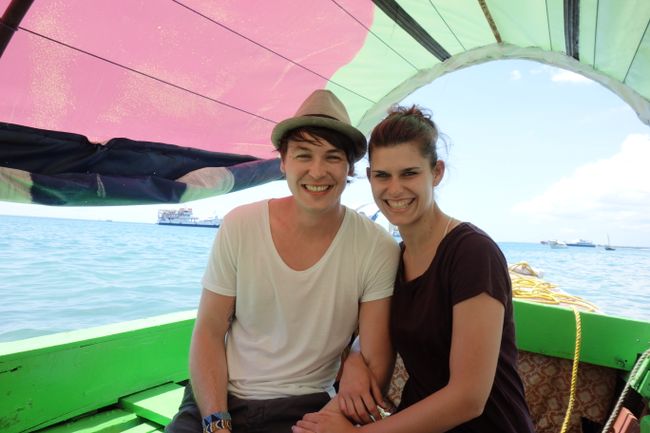Ciudad Perdida - the lost city - far outside the comfort zone
प्रकाशित: 26.10.2017
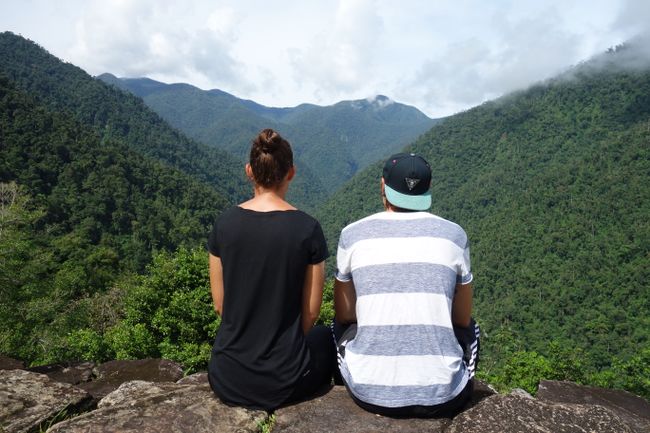
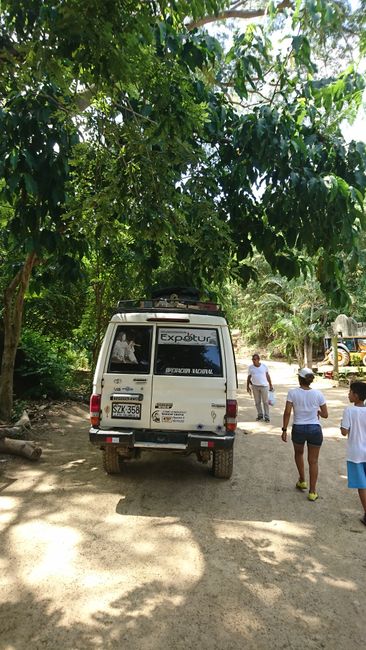
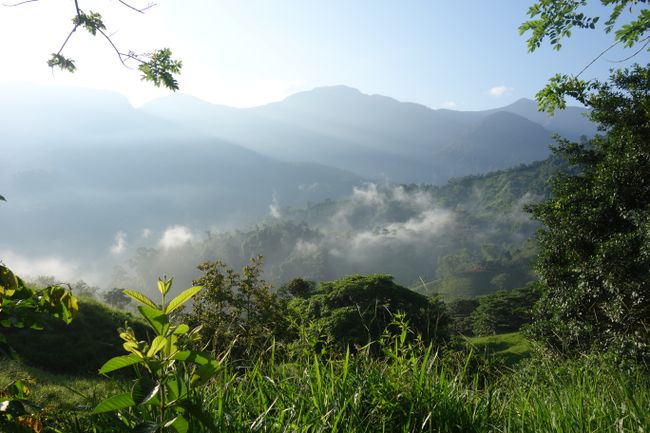
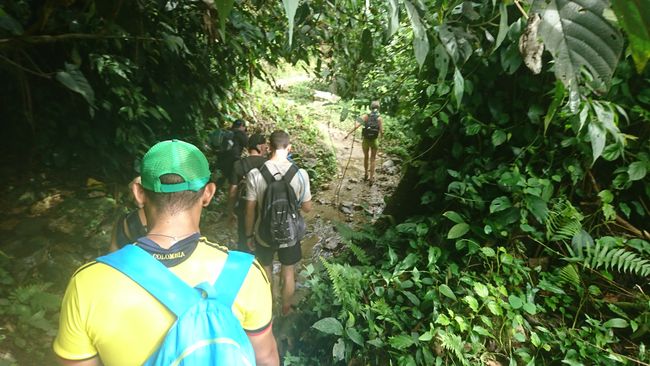

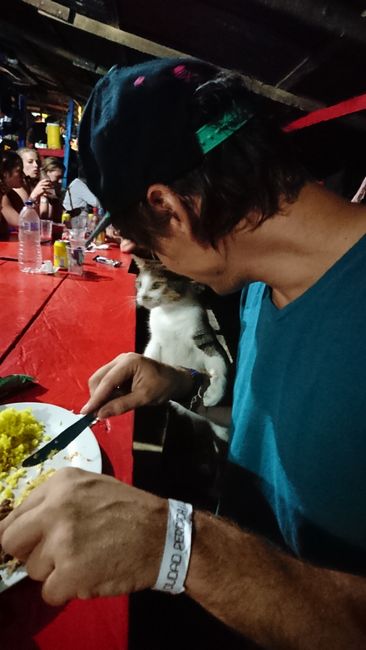
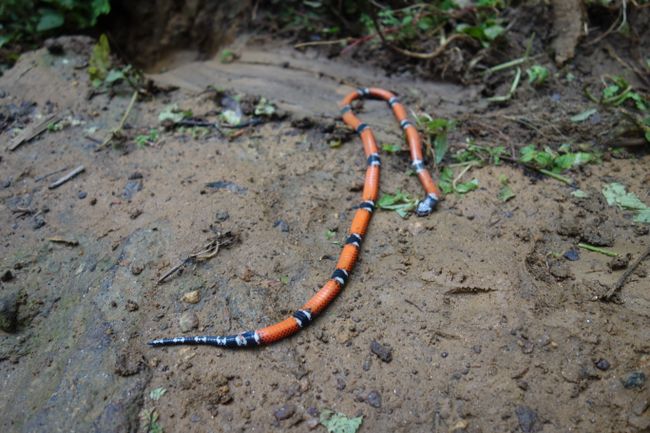
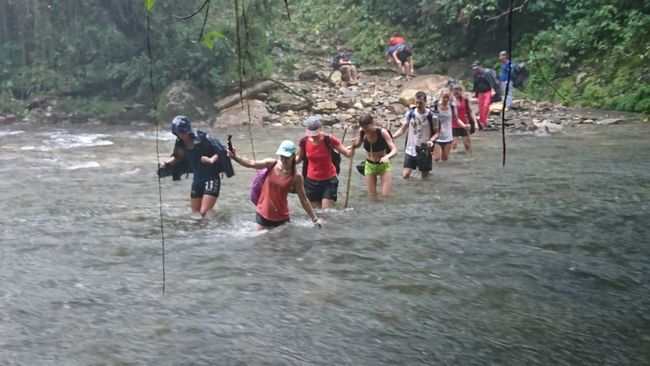
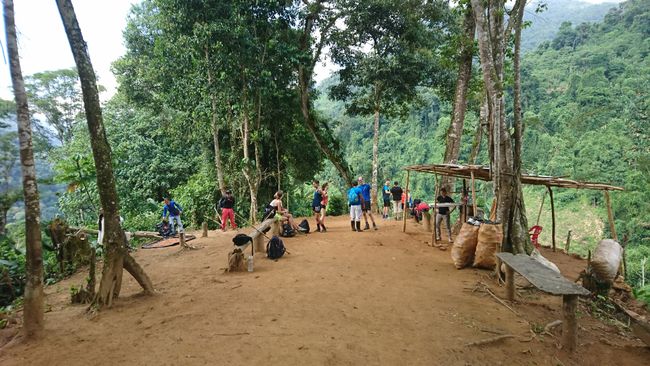
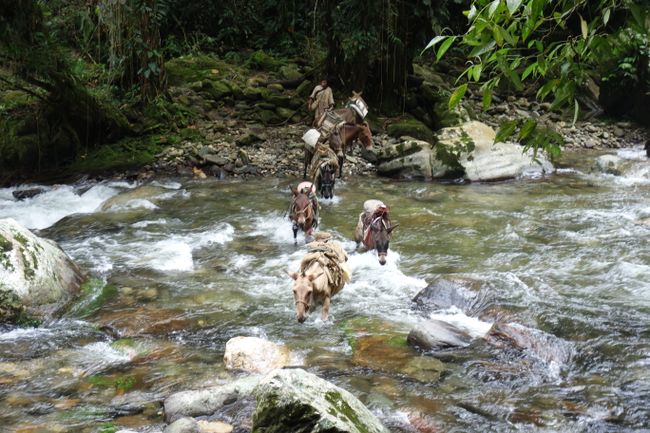
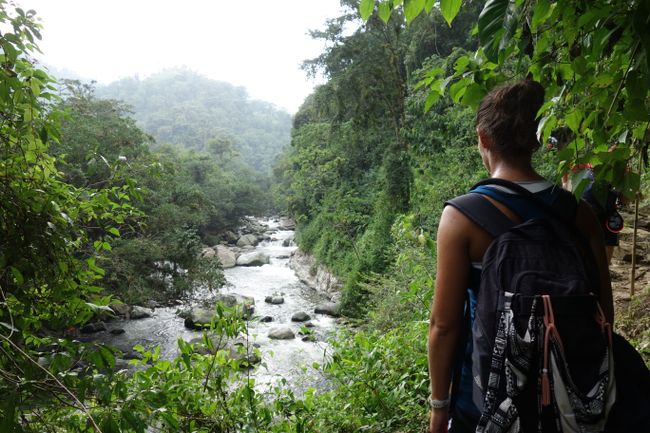
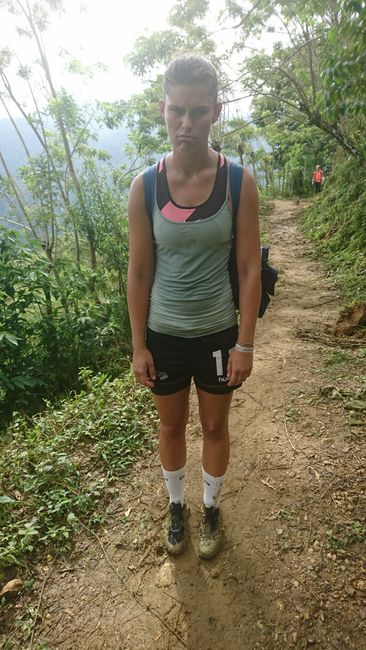
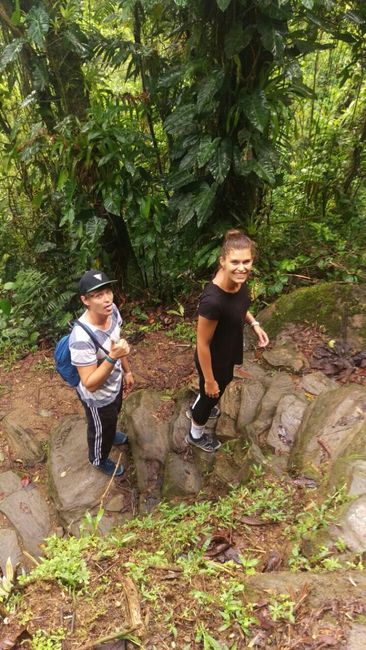
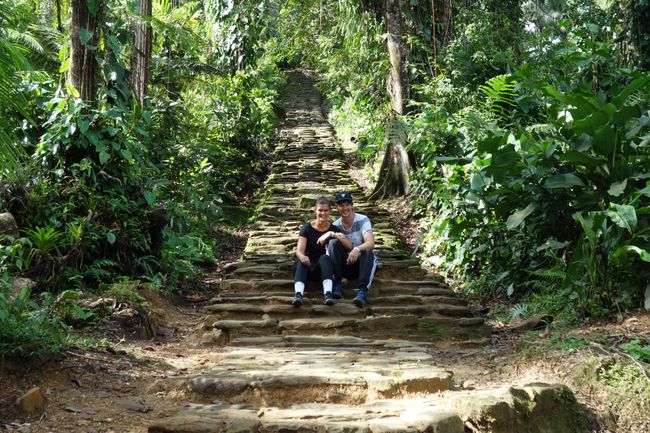
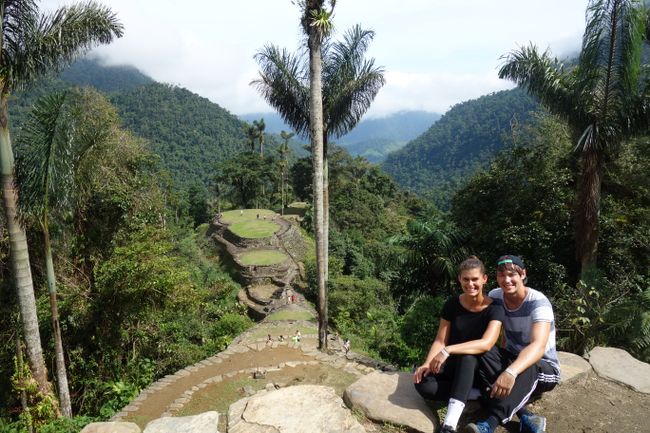
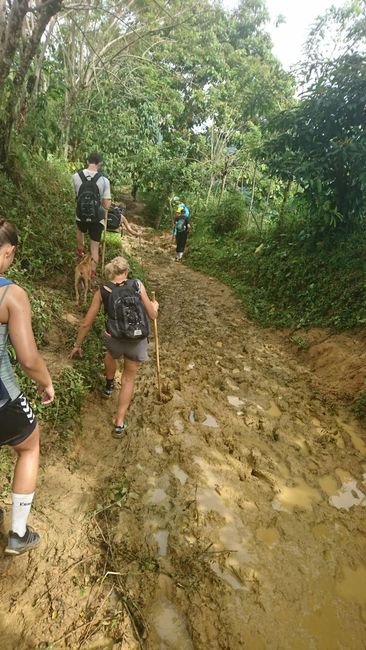
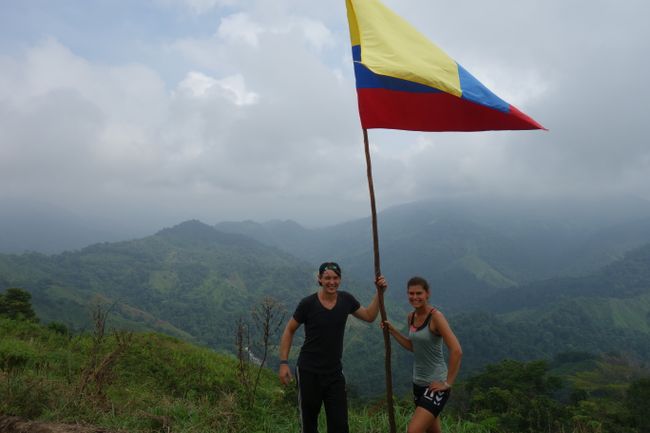
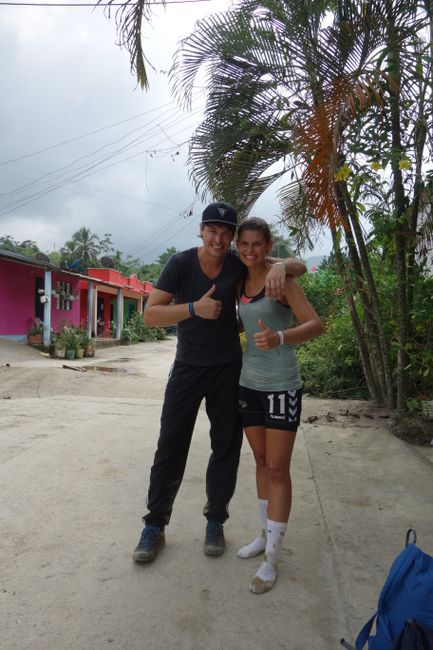
समाचार पत्रिका के लिए सदस्यता लें
Ciudad Perdida is a city of the Teyuna rediscovered in 1972 in the Colombian jungle of the Sierra Nevada de Santa Marta. The over 1000-year-old site is located in the middle of the rainforest and can only be reached by a multi-day tour.
It's Friday, October 20th, and we're sitting comfortably at breakfast in our hostel (Mulata) in the old town of Santa Marta. We receive an email from Expotur (our organizer), 'Where are you? We're waiting...'. Oops, that's a good start. We grab our bags and sprint to the Expotur office around the corner. The first thing we notice is that some of our hiking companions have professional equipment. We didn't do much research and look a bit casual next to them, but hiking can't be that difficult, right?
Our group consists of about 12 tourists and 3 guides. After paying, we ride jeeps for about two hours to Machete and have lunch there. On the way, we stop at the last kiosk to buy a second mosquito spray and toilet paper (a tip from the guide Hugo). Then we can finally start and start the track. The first day is more of a warm-up and it goes uphill slowly. The views from the route are consistently fantastic, but due to scrambling over rocks and stones, our eyes are mostly on the ground. Before dark, we arrive at the first camp and are thoroughly exhausted from the sun and high humidity. Jumping from a rock into a natural pool (mountain river) is both a welcome refreshment and a substitute for a shower. After dinner, beer, and card games (asshole), we go to the slightly too small and heavily sagging bunk beds.
The next morning, there is a knock on our beds at 5 o'clock. This day will be long. Hardly anyone in the group slept well in the beds. We start directly after breakfast. Today we walk to the camp before the lost city. The route is steep, slippery & muddy, narrow, and often runs without protection right on the edge. This is definitely not for everyone anymore. Along the way, we find a few coca plants and try chewing them. But apparently, you have to consume a lot of leaves to feel anything. The rock climber (Australia) in our group even rates the hike as moderate instead of easy. After lunch, the rain starts. The cold water from above is refreshing, but hopefully, the clothes stay dry in the backpack wrapped in a garbage bag. Today we have to cross a larger river for the first time and Stephan loses his hiking pole in the rapids. We continue walking in the rain. The group is now silent and everyone walks like a robot, one foot in front of the other. One wrong step and you would end up in the abyss. When we all reach the planned camp unharmed, the entire group is relieved. After the cold shower, we do the damage report. Damn, all the spare clothes got wet. A rainproof backpack or dry bags for clothes are a must! After dinner, we go straight to bed because Nina doesn't feel well.
The usual wake-up scenario happens at 5 o'clock. Luckily, Nina is feeling better. We reluctantly put on our wet shoes and clothes again. It's really not very pleasant, but nothing seems to dry in the high humidity. After crossing another river, we finally climb the 1200 steps (stones) to the lost city. Exhausted, we arrive in the 'green hell'; we made it. Of course, we have to go back, but that doesn't matter for now (the requested helicopter is outrageously expensive ;). In the city, which by the way must be the breeding ground for all mosquitoes, our guides give us a lecture about the Ciudad Perdida, the Teyuna and their disappearance, as well as the rediscovery of the city by looters. The area that has been uncovered so far is only a fraction of the former site and research is still being conducted in all corners. We walk through the ruins in awe. On a wall, Hugo wants to show us why we shouldn't step on the edge plates and promptly falls down. Surprisingly, he only injures his knee slightly. In any case, he has made his point clear and no one from the group falls off an edge. After a break and countless selfies, including a photo with the current Mamo (tribal leader), we finally go back down the stairs and our group starts the return journey. Apart from a mandarin-meets-eye drama, the return to Station 3 goes without any significant problems. Our Australian rates the trek as difficult, and we reach the covered camp just before the heavy rain. In the evening, we have an interesting lecture from a shaman about the life of the indigenous people in the Sierra Nevada.
Day 4 dawns and the steps to the toilet are already a hurdle. The legs are heavy, the head is tired, and everything is wet and musty. Our Australian has to continue traveling with a mule due to illness. Everyone else struggles through the final day of hiking. Due to heavy rain, all the small streams are no longer easy to cross and the shoes inevitably get wet. Even the previously dry passages are a muddy swamp in many places. We reach the last section of the route (Day 1) and remember our initial naivety. If it seemed demanding on the way there, it's now a better walk. No climbing passages, wide paths, moderate inclines, and no cliffs. Just before Machete (base camp), we meet the 'new' hiking groups coming towards us. They are all still dry, fragrant, and carefree. 'Have fun', we say, smiling and knowing better inside.
In retrospect, the track is a great experience. The ruin is something very special and the journey there constantly takes you out of your comfort zone. Meanwhile, you often wonder; why am I doing this voluntarily and even paying for it? Afterwards, it feels great and this experience brings a group of strangers together.
Thanks to our great guides Hugo, Enrique, and Oscar, as well as our fantastic hiking companions from Holland, Australia, England, Ireland, New Zealand, and Germany. :)
समाचार पत्रिका के लिए सदस्यता लें
उत्तर
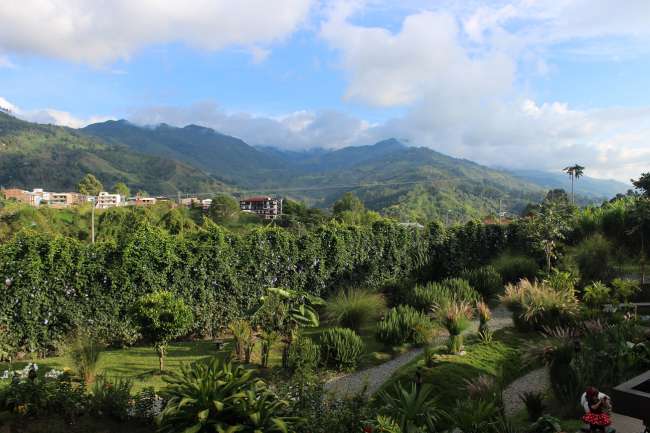
यात्रा रिपोर्ट कोलंबिया

